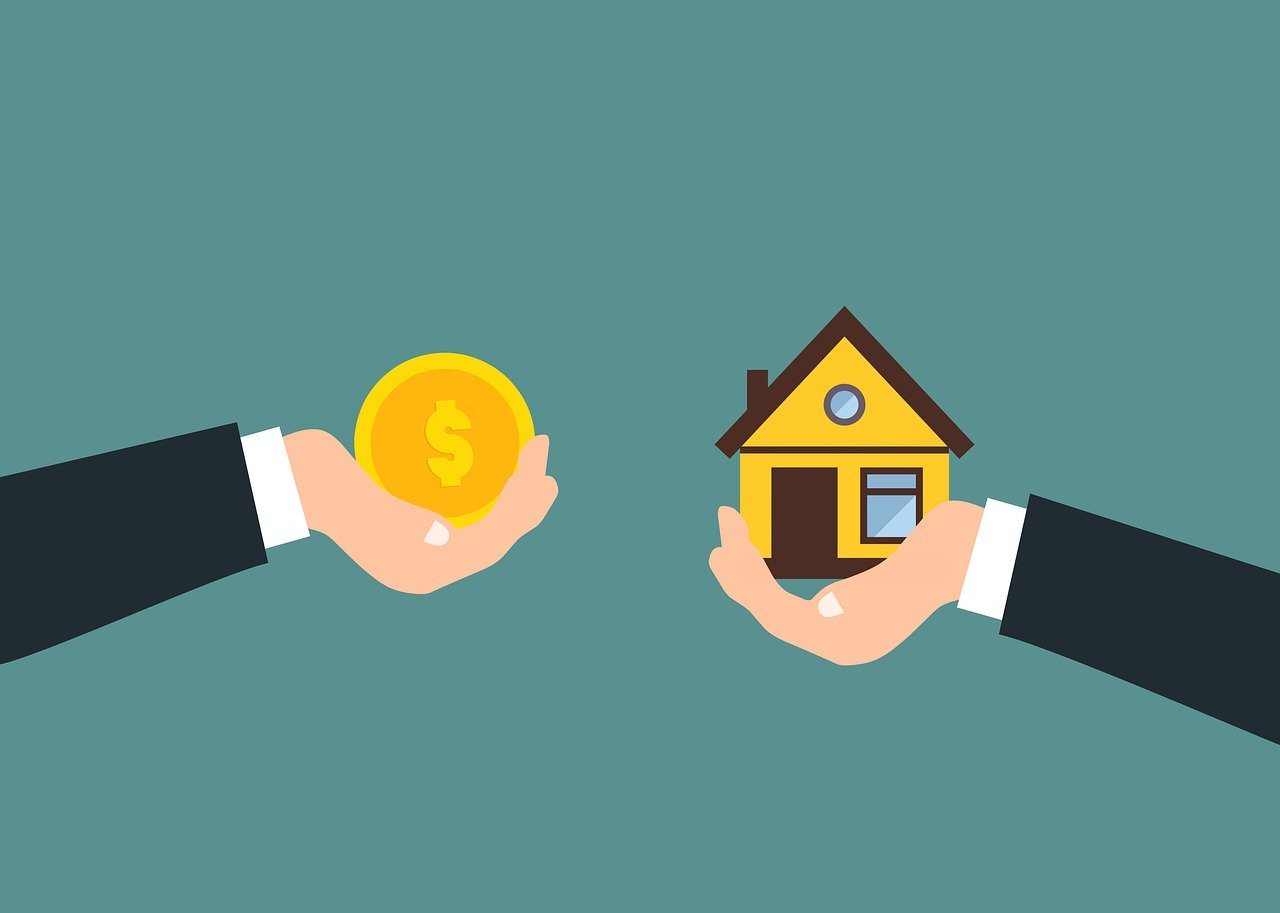With evolving Federal Housing Administration (FHA) policies, borrowers must stay informed about changes. The guide covers technical details such as credit scores, debt-to-income ratios (DTI), occupancy requirements, and offers practical financial strategies and tips for securing a better refinancing deal, whether through FHA Streamline Refinance or a cash-out option.
Understanding FHA Loan Refinancing in 2025
FHA loan refinancing allows borrowers with FHA-insured mortgages to secure a new loan on improved terms. The new loan may offer a lower interest rate, improved repayment terms, or access to home equity. While the process retains a familiar structure, 2025 introduces changes in underwriting, documentation, and program-specific guidelines aimed at enhancing borrower protection and easing the application process.
What Is an FHA Refinance Loan?
An FHA refinance loan is insured by the Federal Housing Administration and replaces an existing FHA loan with a new one that may offer lower rates or modified terms. It generally involves less stringent credit requirements than conventional refinancing, making it accessible for those with less-than-perfect credit histories. Homeowners often refinance to reduce monthly payments or tap into accumulated equity, with the government backing helping to secure more affordable terms.
Benefits of an FHA Refinance
Benefits include:
• Lower interest rates that can lead to significant long-term savings.
• Flexible documentation and lower credit score requirements.
• The ability to consolidate debt or finance home improvements by accessing equity.
• Streamlined processes in some FHA programs, reducing the need for extensive appraisals and documentation, and speeding up closing times.
Drawbacks to Consider With FHA Refinancing
Potential drawbacks include:
• Upfront and annual mortgage insurance premiums (MIP) that might not decrease even with improved interest rates.
• Additional closing and processing fees that may delay reaching a break-even point.
• Eligibility challenges if financial circumstances have changed since the original loan.
• Strict guidelines regarding occupancy and property types that add complexity compared to traditional refinancing.
Key Changes to FHA Refinance Programs in 2025
Notable changes include adjustments to credit score and DTI requirements designed to improve borrower affordability and loan sustainability. Enhanced online verification systems now streamline documentation. Additionally, new net tangible benefit rules ensure that refinances offer a clear financial advantage, preventing scenarios that might lead to long-term negative equity.
When Does Refinancing Your FHA Loan Make Sense?
Refinancing is sensible when the benefits, including lower monthly payments, a reduced loan term, or access to equity, outweigh the costs. It is particularly advantageous when switching from an adjustable-rate to a fixed-rate loan or when eliminating high mortgage insurance premiums is possible. A break-even analysis is essential to confirm that the monthly savings justify the upfront fees. Consultation with a financial advisor can further clarify if refinancing supports both short-term relief and long-term stability.
Types of FHA Refinance Loans Available in 2025
In 2025, borrowers can choose among several FHA refinance programs based on their specific financial needs.
FHA Streamline Refinance Program
This program is tailored for current FHA borrowers with stable financial conditions. It requires minimal documentation, often waives the appraisal, and reduces closing costs. Because the process is expedited, approvals and closings are generally quicker. However, borrowers should ensure that the streamlined offer meets their long-term financial goals.
FHA Cash-Out Refinance Program
For those needing cash for home improvements, debt consolidation, or significant expenses, the cash-out refinance allows refinancing for an amount larger than the existing balance. The borrower receives the difference in cash. This program requires maintaining a certain loan-to-value (LTV) ratio. Although it offers liquidity and potential rate benefits, it increases the total loan balance and may involve higher interest and mortgage insurance premiums.
FHA Rate and Term Refinance
This option focuses on reducing interest rates or modifying the repayment term without withdrawing additional funds. It can convert an adjustable-rate loan to a fixed-rate one, promoting stability in future payments. Depending on the chosen term, monthly payments may decrease or, alternatively, a longer term may lower payments but increase overall interest costs.
FHA Simple Refinance
Ideal for borrowers requiring only minor adjustments, the FHA Simple Refinance minimizes documentation and underwriting. While it may not yield the most aggressive rate reductions or cash-out potential, it efficiently adjusts mortgage terms for borrowers seeking modest financial relief.
Steps to Navigate the FHA Loan Refinancing Process Smoothly
Effective refinancing requires careful planning, well-organized documentation, and clear decision-making steps.
Evaluate Your Current Financial Situation and Goals
Begin by reviewing your current mortgage, interest rate, and balance. Compare these details to current market conditions and determine if refinancing can achieve lower payments, a shorter term, or access additional funds. A comprehensive review of income, debts, and credit history using financial tools or advisors sets a strong foundation.
Determine Your Home Equity
Home equity, the difference between market value and outstanding mortgage balance, is pivotal, especially for cash-out options. Obtaining an appraisal or market analysis helps establish this value. Document any renovations or improvements to support your valuation during underwriting.
Choose the Right FHA Refinance Option for You
Based on your financial goals, decide among streamline, cash-out, rate and term, or simple refinance options. For example, if your main concern is lowering monthly payments, a rate and term refinance may be ideal. For immediate cash needs, the cash-out option provides liquidity. Use the comparison table as a guide and discuss options with an FHA-approved lender.
Shop for FHA-Approved Lenders and Compare Offers
Gather quotes from multiple lenders, review interest rates, fees, closing costs, and overall terms. Compare offers with attention to lender reputation and customer service. Clear communication and transparency about fees ensure you select the best option.
Gather Necessary Documentation for Your Application
Organize key documents such as recent pay stubs, tax returns, bank and mortgage statements, and proof of home improvements. Ensuring these documents are accurate and complete helps streamline the underwriting process and reduce delays.
The FHA Refinance Application and Approval Timeline
Understanding the timeline from application submission through underwriting, appraisal, and final approval helps you plan financially.
Submitting Your FHA Refinance Application
Begin by submitting a complete application with all necessary documentation. Many lenders now offer online portals for faster processing. A thorough and organized submission minimizes the need for follow-up questions.
The Underwriting Process for FHA Refinance Loans
During underwriting, lenders review your credit history, income, employment, and overall financial health alongside property verification. Advances in digital verification help speed this process; however, careful review is essential to avoid delays.
Appraisal Requirements for Different FHA Refinances
Most applications require a property appraisal to verify market value and determine the loan-to-value ratio. Some streamlined options may waive this requirement under favorable conditions. Timely coordination with licensed appraisers is important to avoid delays.
Typical Timeframe From Application to Closing
FHA refinancing generally concludes in 30 to 60 days. Streamlined refinances may close more quickly, while cash-out or rate-and-term options might take longer due to additional documentation and appraisals. Staying proactive with your lender helps keep the process on track.
Preparing for Your FHA Refinance Closing
At closing, review all loan documents, ensure funds are ready for any fees, and verify that loan terms match agreed conditions. Being well-prepared helps prevent surprises and ensures a smooth transition to the new loan.
Preparing Your Finances for a Successful FHA Refinance
Proactive financial preparation is crucial for a smooth refinancing experience.
Improving Your Credit Score Before Applying
A higher credit score can lower your interest rate and improve your loan terms. Review your credit report, pay down debts, and avoid taking on new debt before refinancing.
Reducing Your Debt-to-Income Ratio
A lower DTI increases your appeal to lenders. Consider paying off high-interest debts or consolidating loans and reviewing your budgeting strategy to strengthen your financial profile.
Organizing Your Financial Documents
Prepare and organize important documents such as pay stubs, tax returns, bank statements, and mortgage records before you apply. An efficient organization can speed up underwriting.
Saving for Potential Out-of-Pocket Expenses
Maintain a reserve fund for unexpected costs during or after refinancing. This preparation demonstrates financial stability and helps manage any unforeseen expenses.
Avoiding Common Pitfalls in the FHA Refinancing Process
Common pitfalls include underestimating costs, miscalculating the break-even point, or not reading the fine print. Stay informed about FHA guidelines and work with experienced advisors to navigate these challenges.
Contact us today to learn more about refinancing an FHA loan!
Frequently Asked Questions
What is the key advantage of an FHA Streamline Refinance?
It offers a faster, less documentation-heavy process that typically results in lower closing costs and quicker approvals, ideal for borrowers with stable finances.
How does my credit score affect FHA refinance terms?
A higher credit score generally secures lower interest rates and better loan terms, even though FHA loans accommodate lower scores. Improving your score can lead to substantial savings.
What are the typical closing costs for an FHA refinance?
They generally range from 2% to 5% of the loan amount and include fees for appraisal, title insurance, recording, and processing. Calculating the break-even point is essential.
Can I eliminate FHA mortgage insurance through refinancing?
Refinancing to a conventional loan might eliminate mortgage insurance if you have built sufficient equity (typically 20% or more). Consider the trade-offs of stricter credit requirements.
How long does the FHA refinance process take from application to closing?
It typically takes 30 to 60 days, varying by the chosen refinance option and the complexity of your financial situation.
What should I do if my property does not meet FHA occupancy requirements?
FHA rules require the property to be the primary residence. If not met, explore alternative refinancing options or conventional loans with a financial advisor.
How do I determine if refinancing will save me money in the long run?
Calculate the break-even point by dividing the total refinancing costs by your monthly savings. If you plan to stay longer than this period, refinancing is generally beneficial.


